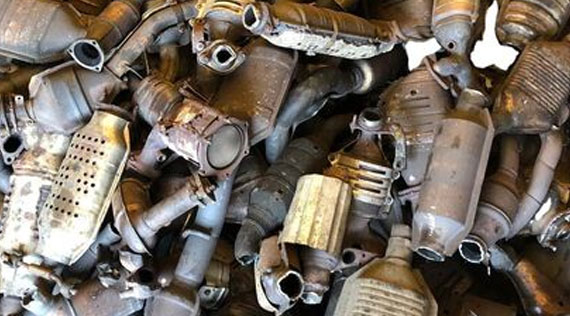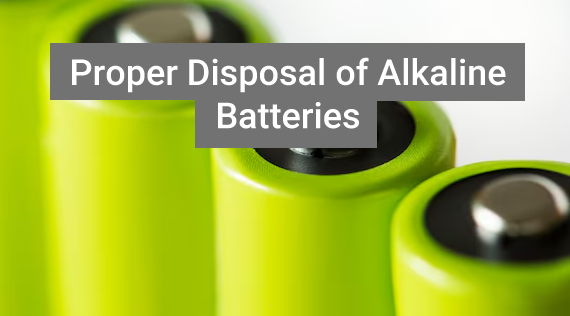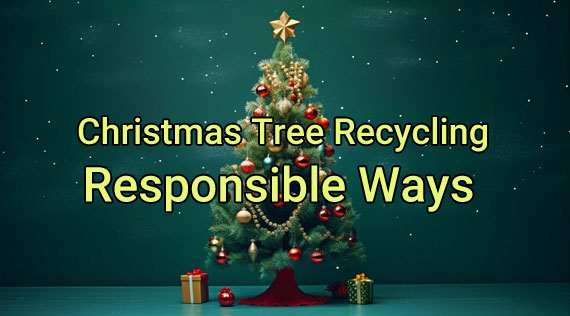A catalytic converter is a part of vehicle’s exhaust system. Converters placed in internal combustion engines helps transform harmful pollutants into less damaging emissions. The catalyst material inside, made of platinum, palladium, and rhodium, causes a chemical reaction called oxidation and reduction (redox). This process changes the poisonous gases like carbon-monoxide and hydrocarbons into less harmful by products like carbon dioxide, nitrogen, and water vapor. Metals inside these converters are valuable and are used for jewellery, electronics and industrial purposes. The whole purpose of the catalytic converter is to reduce harmful gas emission from motor vehicle over 95%. Replacement of this device can be much expensive due to their metallic makeup. Concerned about catalytic converter scrap recycling? Choosing the right recycling method is important for sustainability initiatives.
Catalytic Converter Scrap Prices
Specific parts related to catalytic converters such as - air tube, BL/thick pipe, housing/canister, substrate/monolith, washcoat, catalysts, and oxygen sensors are also recyclable. Converters uses these components to help in diagnosing issues, performing maintenance, and ensuring that the vehicle meets emission standards.
The current price for some of the catalytic converter scraps in U.S. and Canada are -
- BL/Thick Pipe $US 164.00
- Camry $US 74.00
- Large Bead $US 80.00
- Large GM $US 125.00
Relevance of Catalytic Converter Recycling
As vehicles age and reach the end of their lifespan, their catalytic converters become outdated. However, these converters still contain significant amounts of precious metals. Without proper recycling, these metals could end up in landfills, posing environmental risks and wasting valuable resources. Catalytic converter recycling helps the environment and saves valuable metals. Recycling process also ensures a stable supply of critical metals, reducing market volatility and supply chain risks.
Catalytic Converter Scrap Recycling Methods
Here are some common methods used for recycling catalytic converter scrap:
- Mechanical shredding: Catalytic converters can also be shredded mechanically to break them down into smaller pieces. These pieces are then processed further using either pyrometallurgical or hydrometallurgical methods to recover the precious metals.
- Pyrometallurgical recycling: In this efficient method, the substrate inside the equipment is subjected to high temperatures to melt and separate the metals. Different metals have different melting points, allowing them to be separated based on their properties. Once melted, the metals can be purified and reused.
- Decanning: This method involves removing the outer metal shell to access the catalyst substrate inside. After removing the shell, the substrate is broken down into smaller pieces for further processing. Two main methods used for decanning converters are - Mechanical Shearing (powerful shearing tools break open the metal casing) and Thermal Cutting (high-powered torches or lasers cut through the metal shell).
- Hydrometallurgical recycling: This is a greener alternative to the high-heat approach of pyrometallurgy. It involve using chemical solutions to dissolve the metals from the catalytic converter substrate. The metals are then separated and purified through various chemical processes.
Other Options
- Catalytic converter recycling companies: Many specialized recycling companies can assist you on this process. These companies use advanced technologies and equipment to efficiently process large volumes of catalytic converters. Reliable recycling centers use any of the above discussed methods to extract the metals.
- Metal refineries: Refineries that deal with precious metals also play a significant role. They have the expertise and equipment to extract and refine the metals recovered from converters, ensuring high purity and quality.
For efficient catalytic converter recycling, make should you adhere to compliance with environmental regulations. These converters may contain hazardous materials such as heavy metals that need to be handled and processed responsibly to reduce environmental impact.
When choosing a scrap recycling centre for your automobile parts, consider several factors such as –the firm’s reputation and track record in the industry, certifications and licenses that demonstrate compliance with environmental regulations, and the recycling processes and technologies. Also, check the firm's location and accessibility, as well as any additional services or benefits they may offer, such as pickup options or customer support.
 By Carolina
Curiel | Published on May 31, 2024 10:30:00 AM
By Carolina
Curiel | Published on May 31, 2024 10:30:00 AM


